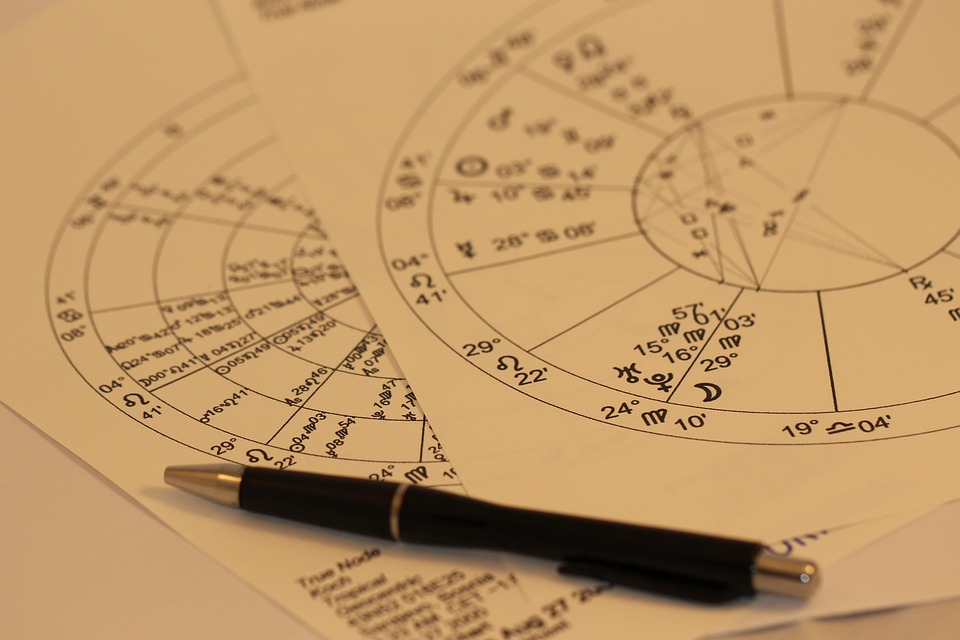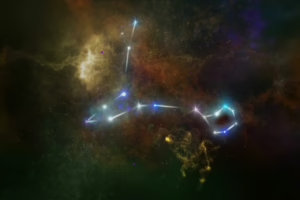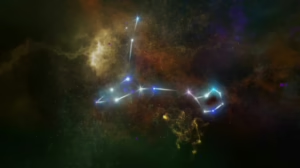Financial Stability: Taurus Tips for a Prosperous Season
In the realm of astrology, Taurus is renowned as the zodiac sign synonymous with stability, determination, and practicality. Represented by the bull, those born under this sign are often seen as grounded individuals with a strong connection to the material world. This article aims to delve into the Taurus approach to financial stability, providing tips and insights that can help any individual navigate the complexities of personal finance, especially during times of change or uncertainty.
Understanding Financial Stability
Financial stability can be defined as the condition where an individual can cope with financial shocks, manage day-to-day expenses, and maintain a sustainable level of financial health and security over time. It encompasses factors such as income, savings, investment, and expenditure management. Achieving financial stability is not merely about having a high income; it requires discipline, planning, and nurturing of one’s resources.
Why Taurus?
Individuals born under the sign of Taurus (April 20 to May 20) are often viewed as the keepers of financial wisdom. They embody qualities that are essential for achieving financial stability:
-
Practicality: Taurus individuals prefer grounded, practical solutions over abstract ideas. This trait is beneficial in financial planning and decision-making.
-
Persistence: Like their earthy counterpart, the bull, Taurus is known for its tenacity. Once they set a financial goal, they remain resolute in achieving it, which is crucial in the long journey to financial stability.
-
Material Comfort: Taurus has a great appreciation for the finer things in life, which can be motivating when setting financial goals. Understanding this desire can create a roadmap for not only achieving comfort but also sustaining it.
- Determination: Taurus individuals exhibit a strong sense of determination in overcoming obstacles, which is a vital trait when encountering financial challenges.
By integrating these Taurus characteristics into financial practices, anyone can enhance their financial stability and work towards a prosperous season.
The Taurus Blueprint for Financial Stability
1. Set Clear Financial Goals
Before embarking on any financial journey, it’s essential to articulate clear, measurable goals. Taurus individuals thrive when they have a tangible target to strive for. Here’s how to set your financial targets effectively:
-
Short-term Goals: These might include saving for a vacation or paying off credit card debt. Set realistic timeframes, such as 6 months to a year.
-
Medium-term Goals: Examples include saving for a down payment on a home or funding education. These typically span 1-3 years.
- Long-term Goals: These are often retirement savings or wealth accumulation strategies, spanning several years to decades. Clearly defined long-term goals can help you stay committed and focused.
2. Create a Detailed Budget
A well-structured budget is the cornerstone of financial stability. Taurus individuals are particularly skilled at managing their resources when they have a clear plan.
-
Track Income and Expenses: Use financial software or a simple spreadsheet to monitor where your money is coming from and where it’s going.
-
Prioritize Needs vs. Wants: Understand the difference between essential expenses (like rent and utilities) and non-essentials (like dining out). This awareness allows for more effective spending management.
- Allocate Savings: Aim to save a portion of your income each month. A good guideline is the 50/30/20 rule: 50% for needs, 30% for wants, and 20% for savings.
3. Emergency Fund
One of the primary tenets of financial stability is the establishment of an emergency fund. This is crucial for buffering against unexpected financial challenges, regardless of zodiac sign.
-
Goal Setting: Aim to save three to six months’ worth of living expenses. This fund can provide peace of mind and avoid reliance on credit in emergencies.
- Separate Account: Use a separate savings account to keep your emergency funds distinct from your regular spending money. This reduces the temptation to dip into it for non-emergencies.
4. Invest Wisely
Taurus individuals often have an eye for value and quality, both of which are paramount in investing. Understanding the landscape of investments can lead to prosperous returns.
-
Diversification: Don’t put all your eggs in one basket. A diversified portfolio will help spread risk and enhance potential returns.
-
Long-term Focus: Taurus favors stability; this translates into a longer-term perspective on investments. Consider mutual funds or index funds that align with your risk tolerance.
- Real Estate: Taurus has a natural inclination towards tangible assets, making real estate an appealing investment avenue. Properties can provide both stability and potential appreciation.
5. Monitor Credit
Credit health is a crucial aspect of financial stability. Taurus individuals, who value security and predictability, should keep their credit in check to ensure favorable terms on loans and credit cards.
-
Check Your Credit Score: Regularly monitor your credit score through reputable services or credit bureaus. Understand factors that influence your score, like payment history and credit utilization.
-
Timely Payments: Establishing a reputation for making payments on time strengthens creditworthiness, a key element for larger financial decisions such as mortgages.
- Avoid Unnecessary Debt: While Taurus knows the value of indulgence, caution should be exercised to avoid accumulating debt that could hinder financial progress.
6. Develop a Mindful Spending Habit
Taurus is often associated with material pleasures, making it essential to balance enjoyment with discipline. Mindful spending is a practice that allows for enjoyment while maintaining financial stability.
-
Self-Reflection: Before making a purchase, ask yourself if it adds value to your life or fulfills a genuine need. This will help minimize impulse buying.
-
Quality Over Quantity: Taurus tends to appreciate quality. Opting for fewer high-quality items can lead to more satisfaction and less frequent purchases.
- Plan for Treats: Budgeting for occasional treats or luxury items can enable Taurus individuals to enjoy life without feeling deprived, while still staying financially responsible.
7. Continuous Financial Education
Financial literacy is an ongoing journey, and Taurus individuals, with their steady nature, are well-suited for continuous learning. Educating oneself about financial matters can empower better decision-making.
-
Follow Financial News: Stay updated with market trends, interest rates, and economic indicators. This knowledge can aid in making informed investment and spending choices.
-
Read Books and Resources: There are countless books, online courses, and podcasts focused on personal finance. Consider diving into materials that resonate with your financial goals.
- Seek Professional Guidance: At times, consulting a financial advisor can provide additional insights tailored to your unique situation. This is especially helpful for larger investments or complex financial decisions.
8. Review Financial Progress Regularly
Financial stability is not a set-it-and-forget-it endeavor. Taurus individuals are known for their grounded perspective and practicality—qualities that are advantageous when revisiting financial plans.
-
Monthly Review: Set a specific date each month to assess your budget, savings, and investments. Review what worked, what didn’t, and adjust your plans accordingly.
-
Adjust Goals: Life circumstances can change, impacting your financial goals. Be flexible to revise your short-term and long-term objectives based on your current situation.
- Celebrate Milestones: Acknowledge and celebrate achievements on this financial journey, whether it’s reaching a savings target or eliminating debt. Celebrations can reinforce positive money habits.
Conclusion
Financial stability is a pursuit that transcends astrological signs, but the qualities associated with Taurus can undoubtedly aid in this endeavor. By embracing practicality, determination, and a grounded approach, individuals can craft a solid financial foundation that leads to long-term prosperity.
In addition to these practical tips, it’s essential to remember that every individual’s financial journey is unique. The blend of personal values, life experiences, and individual circumstances plays a significant role in shaping one’s financial landscape. Therefore, as you embark on this journey towards financial stability, let the Taurus principles guide you—cultivating a mindset that appreciates both the material and the enduring security it can bring in a fast-paced world.
In the coming season, let the strength and qualities of Taurus inspire you to nurture your financial health. Embrace the wisdom of patience and persistence, and reap the rewards of a balanced, financially astute life.


























Add Comment